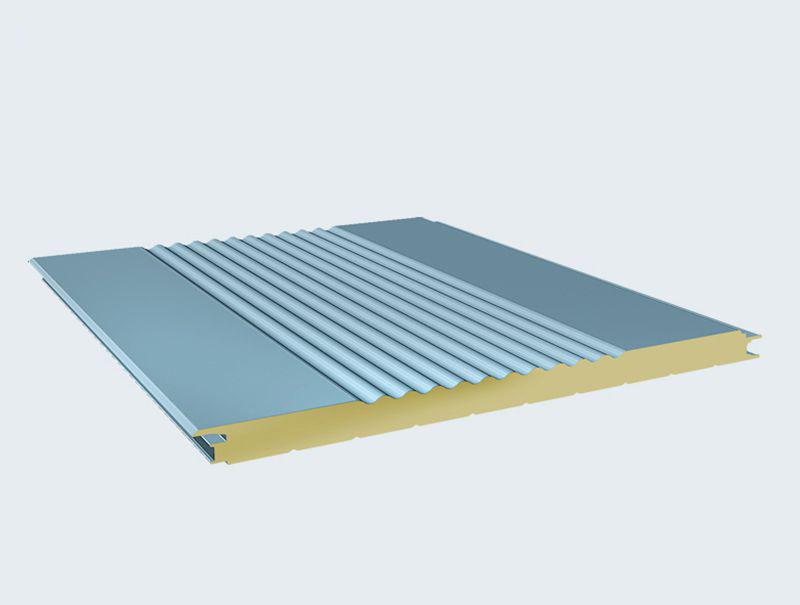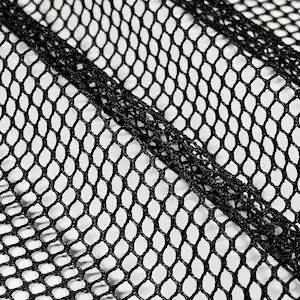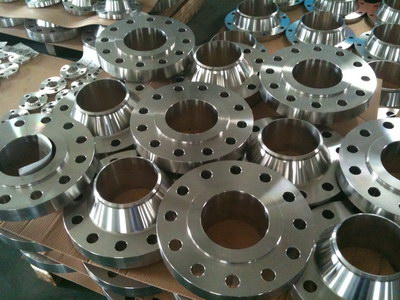The Ultimate Buyer's Guide for Purchasing Project Floor
Where Will the Flooring Be Installed?
The type of flooring you choose will be determined in part by where you plan to install it, and over what type of surface. Solid wood flooring, for example, cannot be installed directly over concrete and is a poor choice for humid areas such as basements and baths. Ceramic or porcelain tile requires a stiff, flat surface underneath to prevent cracking.
How Will the Floor Be Installed?
Different types of flooring are installed in different ways, some of which are DIY-friendly. For example, “floating” floors—typically laminate—consist of interlocking floorboards that use no adhesives; this easy-to-install design is popular with DIYers. But ceramic or porcelain tile is bound to the subfloor with thinset, and the gaps between the tiles are filled with grout. Solid wood flooring is typically nailed down or glued. Installation of either is better left to professionals. Consumer Reports flooring ratings show which installation options are available for each rated product.
Will the Flooring I Choose Need an Underlayment?
Underlayment materials include foam, cork, rubber, felt, and specialized soundproofing mats. The different function that each type performs will affect your choice—as will the type of flooring you’ve chosen and the existing subfloor. “If you’re installing hardwood flooring over a concrete subfloor, use an underlayment that offers moisture protection,” says Stefan Bucur, founder of Rhythm of the Home, a website specializing in home improvement. “Similarly, if you’re installing laminate or engineered flooring over an uneven subfloor, consider an underlayment that provides additional cushioning and helps to even out the surface.” Some luxury vinyl floors in CR’s ratings have thin foam pads attached to their bottom surfaces, replacing the underlayment. Thicker underlayments generally are more expensive, Bucur says.
How Important Is a Flooring Material’s Thickness?
Thin vinyl flooring is more likely to split or break during installation. That could mean you’ll have to buy more flooring to cover those accidents. Focus on vinyl flooring with a thickness of 7 mm or more; you can find thickness information on the product’s label or online product page. Thickness can be a factor in the durability of other flooring materials—and for solid wood, its ability to be refinished. (New solid wood planks are typically ¾ inch thick, enough to withstand multiple refinishes.) Check Consumer Reports’ flooring ratings for our test-based durability judgments of dozens of flooring models.
How is geogrid used in soil stabilization?
Is Plywood the Ultimate Choice for Your Projects?
Advantages of Hot Dipped Galvanized Water Tanks for Rural Water Storage
What is MDF medium density Fibreboard?
How to Improve Foundry Efficiency with SIC Ceramic Foam Filters
Unleash Your Creativity with Vitreous Glass Mosaics: A World of Color and Artistry
5 Easy Ways to Repair Pool Tiles
Does the Thickness of a Floor’s Wear Layer Matter?
The wear layer is the clear protective coating applied to the top surface of a manufactured floorboard. Home Depot lets you search flooring by wear-layer thickness, shown in mil (thousandths of an inch). A thick wear layer sounds like it would protect better against foot traffic. But in Consumer Reports’ tests, we found that wasn’t necessarily so. For instance, between two vinyl flooring products with 20-mil wear layers, one earned an excellent score for foot traffic resistance while the other ranked below the middle. Bottom line: Don’t depend on the reported thickness of the wear layer alone. Consult reviews and Consumer Reports’ flooring ratings for the full picture on wear resistance.
What Should I Know About Surface Textures and Edge Styles?
The type of edge on the tile or planks you choose will have a bearing on how your floor looks—and how easy it is to clean. Prefinished wood and some laminate planks have beveled edges, which makes for a more forgiving installation but can trap dirt and grit later. Tile edges may be pressed (traditional) or rectified—meaning they’re mechanically cut to fit precisely together, which allows for thinner grout lines and an appearance that’s almost seamless, and a floor that’s easier to clean. Flooring with a textured surface can also trap dirt over time, but some texture is advisable in bathrooms and other wet areas to prevent slips and falls. Consumer Reports’ flooring ratings indicate which products are smooth, very textured, and in-between. Both texture and edge styles can influence floor care.
With so many hard flooring options on the market, it’s no surprise that many customers often come into our Gold Coast flooring showroom confused. Vinyl, hybrid, laminate, engineered timber – which one is right for your home or business? Not only are there different flooring types, each varies in terms of product quality and the way in which it is installed. At One Source, we only pick the best flooring that we have personally tried and tested. In this guide, we give you our tips to pick the right flooring based on your existing floors (your subfloor condition is also super important!), your budget, your project goals and more!
The Ultimate Buyer's Guide for Purchasing Project Floor
Ultimate Guide to Buying Hard Flooring
Additional reading:Are Expandable Container Houses Eco-Friendly and Sustainable?
Cooling Innovation: Glass Wool Air Conditioning Panels for Efficient Climate Control
Applications and Installation Tips for Glass Wool with Aluminum Foil
How Far Can Cable Tray Support Span?
The Versatile World of Geotextile
Rubber Dams and Their Applications
Are HDPE Sewage Pipes Suitable for Extreme Weather Conditions?









